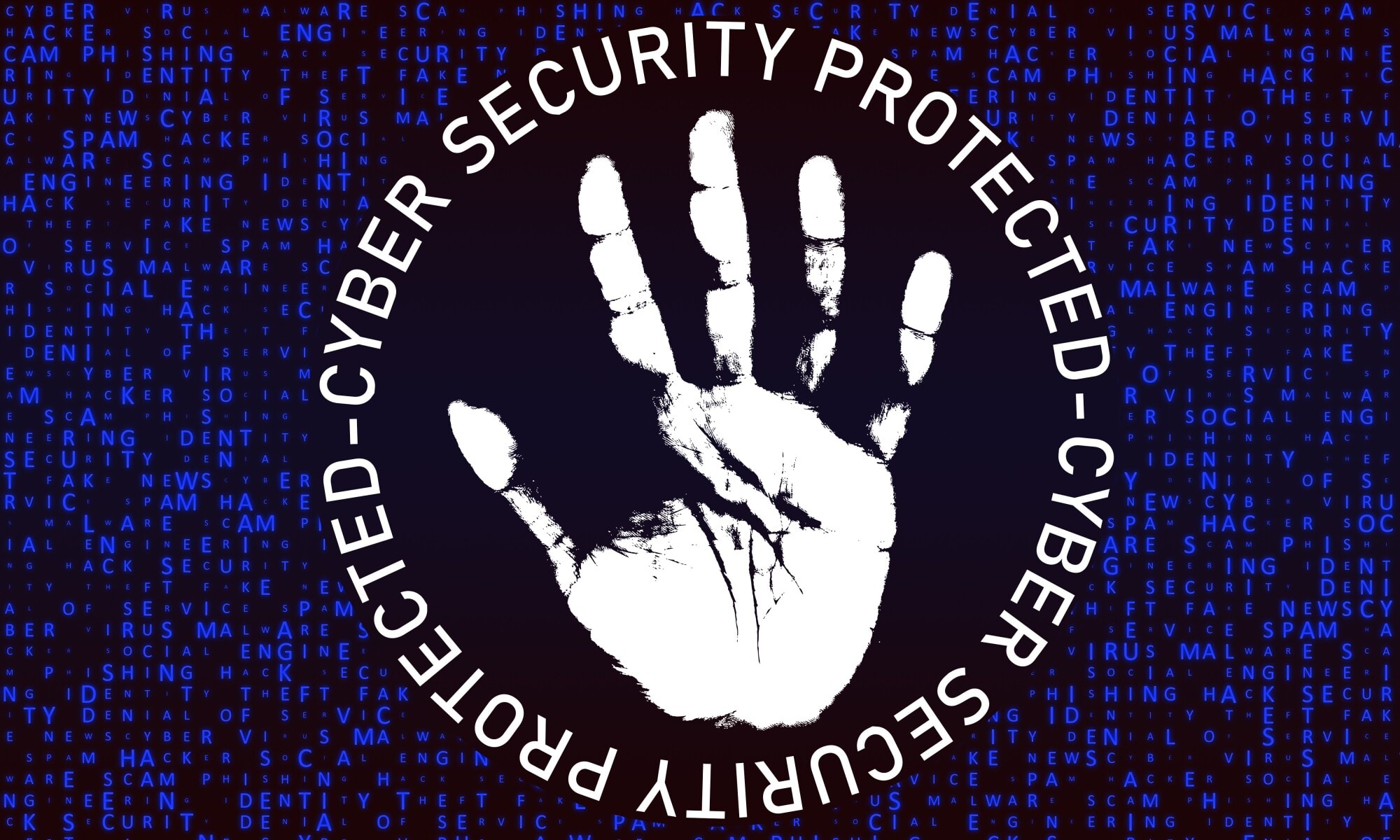Many businesses have switched to a hybrid work environment due to the pandemic. However, while a hybrid work system is convenient, it also provides new opportunities for cyber thieves to attack businesses’ networks and systems.
Because the threats are only likely to worsen in 2022, businesses should increase their digital security and implement more robust defenses. Here are the most recent threats and how to protect your company.
What Is a Cyber Threat?
Everyone is a victim of cyber-attacks, but small businesses are one of the most prevalent targets. In reality, small firms are the target of 43% of cyber-attacks!
Phishing Attacks
Due to the high levels of human involvement with electronic communication, phishing is one of the most prevalent cyber-attacks.
Every day, employees receive hundreds of emails. Humans are prone to make poor decisions as their minds become weary toward the end of the workday.
Malware and Ransomware
When malware and ransomware enter a computer system, we already know how damaging they can be. Data loss, frozen systems, and software hijacking are just a few issues.
Once ransomware has struck and cryptocurrency ransom is held against your company, you will likely be the victim of subsequent attacks.
Online Identity Fraud
With inconsistent or limited legislation, identity authentication remains a complicated issue. However, the transition to a new decentralized identity system allows users to maintain their own identities.
This provides the user greater power and appears to lessen the dangers for businesses. But on the other hand, many larger companies remain hesitant to take on the technology since data is the new oil, and not everyone is willing to give up access to it so simply.
Real-Time Payment Fraud
Real-time payments, especially mobile payments, provide cybercriminals with new opportunities to perpetrate fraud and cash out instantaneously, transforming money into cryptocurrencies.
Threat actors can remain anonymous since cryptocurrency is still a primarily unregulated environment with limited oversight.
Fast Credit Fraud
Fast credit, or the so-called “Buy Now Pay Later” concept, is a similar type of illicit behavior. Again, customers can make purchases before paying, which is convenient and potentially dangerous.
Malicious opportunities are endless, ranging from account takeovers to the use of stolen credit cards to pay off debt.
Safeguarding your Business With Digital Security
Safeguarding your business is not only technical. There are mechanisms you can put in place to elevate your cybersecurity.
Train Your People
You should provide your personnel with cybersecurity training. Teach them the dos and don’ts of preventing and coping with cyberattacks.
There are so many breaches that can be traced back to human error. It is astounding how creative threat actors are. Social engineering attacks are becoming more prevalent.
Backup Backup Backup
Backups are perhaps one of the first and most crucial things you should consider. An updated backup can save your business’s life in the event of a disaster.
The best method to protect your sensitive data is to back it up regularly and store it somewhere that isn’t connected to the internet. To avoid inconvenience and risk, the restoration procedure should be tested periodically.
Keep on Patching
Software patching is another routine operation that can save your company’s life.
While it is an essential aspect of cybersecurity, most firms fail to address it adequately. One IT person assigned to detect and correct weak places, on the other hand, can quickly complete the task.
Have a Recovery Plan
If your company is attacked, how you respond will determine whether your company succeeds or fails. A recovery strategy can help you safeguard:
- Sensitive data
- Financial assets
- Your company’s reputation in the marketplace
A cyber incident plan includes a professionally trained disaster recovery team, a strategy, insurance, backup inventory, and a detailed grasp of restoring data.
Get Proactive With Your Digital Security
In the past, digital security and cyber protection were mostly reactive. Not much happened in businesses until an incident occurred.
Businesses can no longer rely solely upon anti-virus and anti-malware software and hope IT personnel are correctly equipped for any incident.
Are you looking for IT network services for your business? Then contact us! We can assist you in reducing complexity, adding new functionality, and improving service quality while reducing costs.

